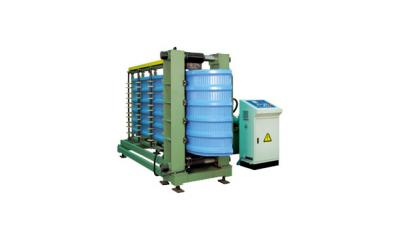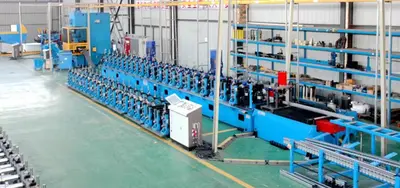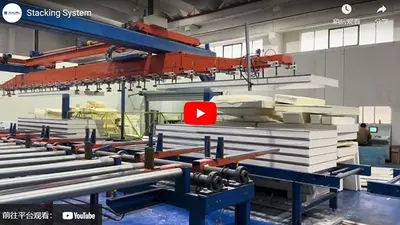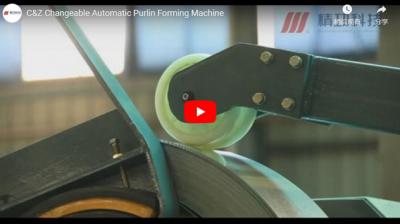Working Principle and Production Process of PIR Sandwich Panel Machine
In the construction industry, insulation materials play a vital role in ensuring energy efficiency and comfort in buildings. One popular method of insulation is through the use of sandwich panels, which consist of a core material sandwiched between two outer layers. PIR (polyisocyanurate) sandwich panels are particularly effective due to their high thermal resistance and fire-retardant properties. To produce these panels efficiently, a PIR sandwich panel machine is essential.
The working principle of a PIR sandwich panel machine is relatively simple yet highly efficient. The machine consists of three main components: a material feeding system, a foaming system, and a forming system. The process begins with the material feeding system, which delivers the outer layers (typically metal sheets) and the core material (PIR foam) to the foaming system.
In the foaming system, the PIR foam is mixed with a blowing agent and other additives to create a uniform mixture. This mixture is then injected between the two outer layers, where it expands and cures to form a solid sandwich panel. The forming system then shapes and trims the panel to the desired size and shape before it is ready for use in construction.
The production process of a PIR sandwich panel machine can be divided into four main stages:
Material Preparation
The outer layers and core material are prepared and fed into the machine. The outer layers are usually metal sheets that have been coated with a primer to ensure adhesion with the foam. The PIR foam is typically supplied in liquid form and stored in tanks for easy access.
Foaming Process
In this stage, the PIR foam is mixed with the blowing agent and additives to create a foaming mixture. The mixture is then injected between the two outer layers using a high-pressure foaming system. As the mixture expands, it fills the space between the layers and cures to form a solid panel.
Forming and Trimming
Once the panel has been foamed, it is passed through a forming system that shapes and trims it to the desired dimensions. The forming system may include rollers, presses, and cutting tools to ensure precise shaping and trimming of the panel.
Curing and Quality Control
After the panel has been formed and trimmed, it is cured in a controlled environment to ensure proper bonding and strength. Quality control measures are also implemented to check for defects and ensure that the panel meets the required specifications.
Overall, the production process of a PIR sandwich panel machine is a highly efficient and automated process that produces high-quality sandwich panels for use in construction. By understanding the working principle and production process of these machines, manufacturers can better optimize their operations and meet the growing demand for energy-efficient and fire-retardant building materials.
In conclusion, PIR sandwich panel machines play a crucial role in producing insulation materials that are essential for energy-efficient and sustainable buildings. By understanding the working principle and production process of these machines, manufacturers can improve their efficiency and quality control measures to meet the demands of the construction industry. With advancements in technology and materials, PIR sandwich panels are set to become even more prominent in the future of construction.


 CN
CN
 EN
EN
 fr
fr  de
de  es
es  it
it  ru
ru  pt
pt  ar
ar  th
th  pl
pl  ro
ro 







 Call us on:
Call us on:  Email Us:
Email Us:  #1809, Jianhu Rd, Keqiao, Shaoxing, Zhejiang, China
#1809, Jianhu Rd, Keqiao, Shaoxing, Zhejiang, China 